With the prevalence of custom audience tools in just about every platform, most marketers have at least some experience with modeling. It’s easier than ever to upload a list and find a broader, yet similar, audience. Go beyond those basic tools though and you’ll find yourself faced with a slew of other options and terminology to match. One prevalent, yet powerful approach for audience creation is “propensity” modeling. Chances are you’ve come across this term and perhaps even used an Alliant Brand or Interest propensity audience in a recent campaign. However, you may find yourself wondering what propensity modelling really means and how you can best use it to improve your brand’s marketing.
What is propensity modeling?
First, a quick definition of propensity according to Oxford Languages – “an inclination or natural tendency to behave in a particular way.” Propensity modeling then is the process of identifying consumer segments with a strong likelihood of taking a desired action based on their predicted tendencies. The goal is to make each ad impression more effective and ultimately drive campaign ROI higher. This can be achieved using a single modeling methodology (e.g. logistic regression), or a combination of many different machine learning methodologies, otherwise known as an ensemble.
The development of propensity models typically starts with a predefined seed set, or source data, of a few hundred - to a few hundred thousand - consumers who have taken an action (e.g. responded to an ad, clicked an email, etc.). It is then up to the data scientist and the algorithms to identify other consumers likely to take the same action.
If you are thinking this sounds a lot like look-alike modeling, you are not wrong. They are very similar processes that contain subtle differences. Look-alike modeling begins with a group of a brand’s best, or ideal, customers and try to find others that look like them. This approach looks broadly at the “best” consumers and tries to find others like them, with the assumption that they will have a higher likelihood of converting. Propensity modeling also tries to find look-alikes, but is more deliberate in looking specifically at the variables that drive consumers to take certain actions or hold specific opinions (e.g. become followers of a specific brand or product). This requires a bit more time upfront for the marketing and analytics teams to identify what those key actions are and how they might put them into use.
It’s also worth noting that a typical concern with propensity modeling is that it is often based on historical data and may not account for shifts in consumer behavior, especially as rapidly that occurred in 2020. While understandable, data sets and models can be updated to take into account for these shifts. Additionally, historical data often results in more stable models, especially when evaluating consumer behavior over longer timeframes.
How to Get Started with Propensity Modeling
To successfully build propensity models a brand will need robust 1st party data, as well as access to 2nd or 3rd party data. While it is possible to get by on 1st party alone if extensive enough, key information that would strengthen the model is still likely to be missing. You can develop 2nd and 3rd party relationships on your own, or work with a cooperative such as Alliant, that opens up access to other brands and unique data sets. These relationships enable you to enrich your data for a more robust consumer view and improved modeling outcomes.
If you have limited 1st party data, or want to get up and running without custom development, it is still possible to engage consumers in a strategic way. There are thousands of modeled propensity audiences available in the marketplace that allow you to find consumers with specific brand, interest and product propensities, for example. Whether using on-demand or custom solutions, make sure to take the time for due diligence, confirming that the audience provider is transparent about their data sources and modeling practices.
Once the data foundation is established, next up is determining dedicated analytic support in the form of data scientists. They will help strategize a game plan and advise on ways to get the most out of the data. Some brands opt to have in-house analytics teams, while others lean on partners. What’s right for your brand will be based on factors such as budget and strategy.
The data and modeling are only half the battle though. Once the propensity segments have been identified, you’ll have to decide how to strategically activate and communicate with each, and when. Take the time to map out creative assets and workflows that will help maximize each engagement with these defined targets. With in-house analytics or a transparent partner, you will be able to see the variables that had the greatest influence on the model. These can be a guiding light when making these decisions.
Want to Learn More About Propensity Modeling?
Propensity modeling is an exciting and powerful way to go beyond basic platform-based look-alike tools. It will require some additional planning and resources, but when used correctly, will deliver results that will make it a go-to in your toolkit.
Interested in learning more about propensity modeling? Reach out to Alliant’s Help Desk to connect with one of our data strategists. Alliant has over 1,000 on-demand propensity models available and can quickly build custom models based on any combination of 1st, 2nd and 3rd party data.







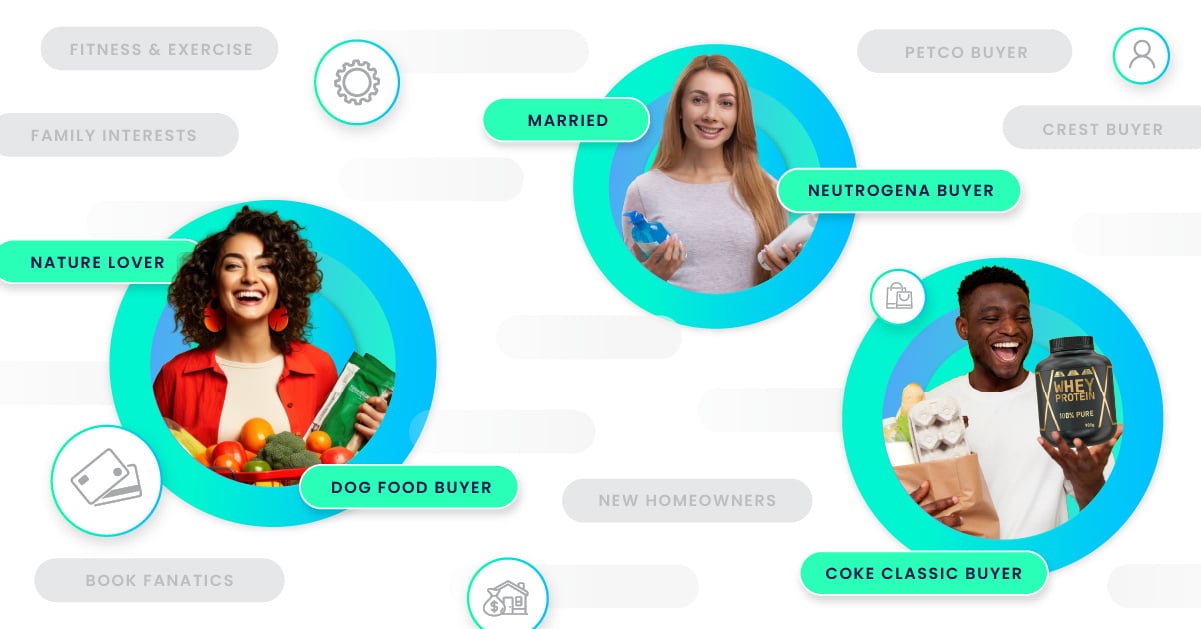







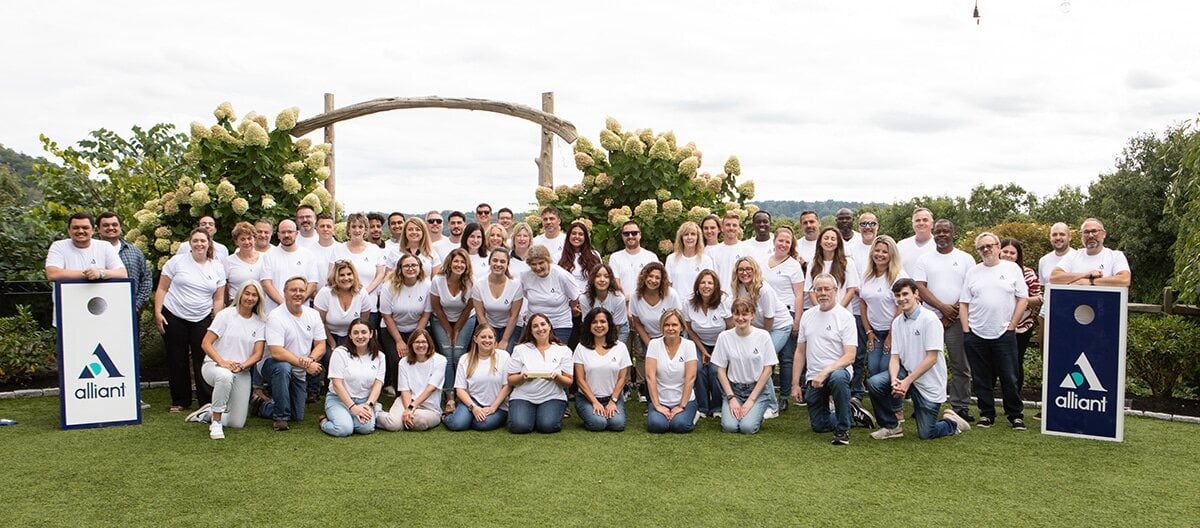




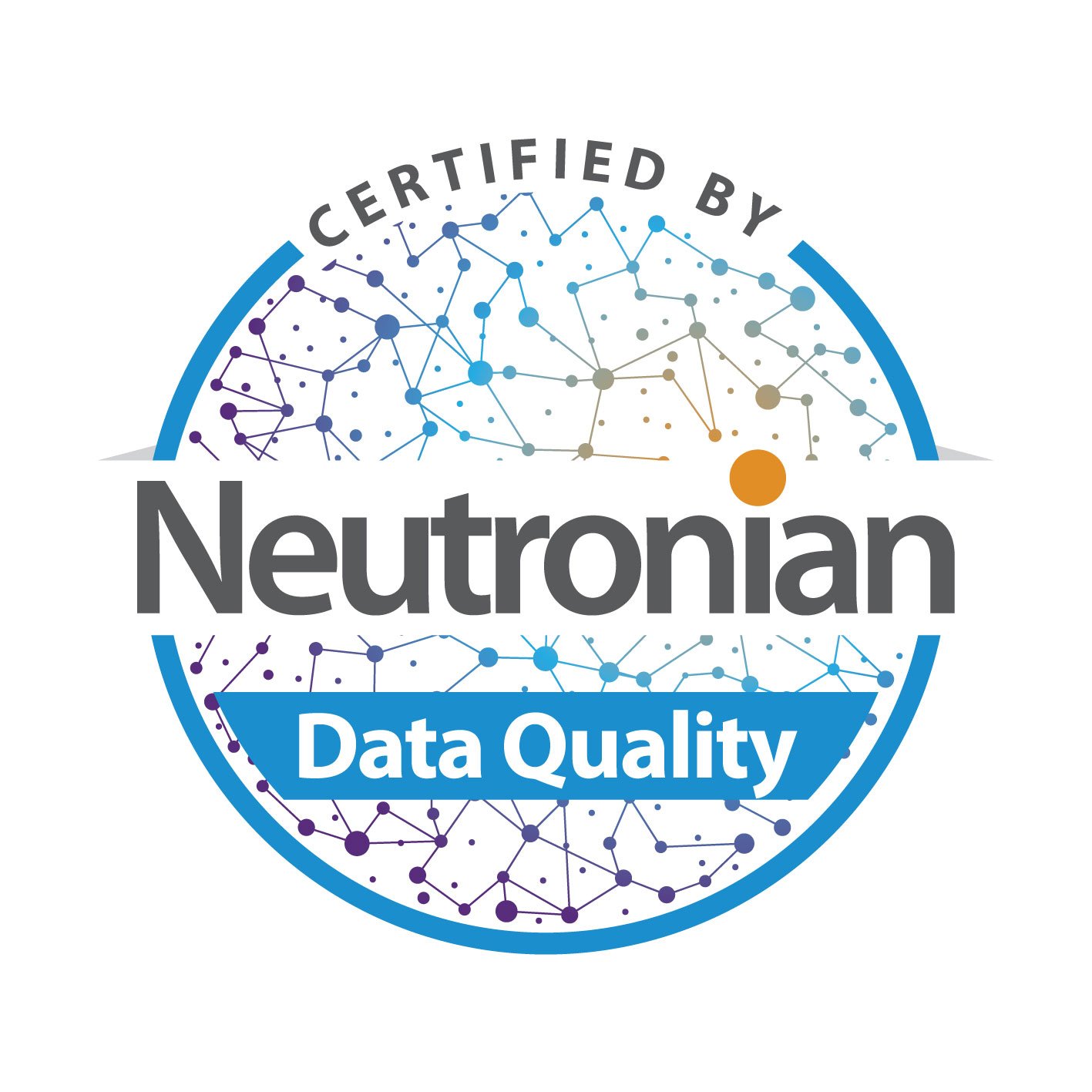
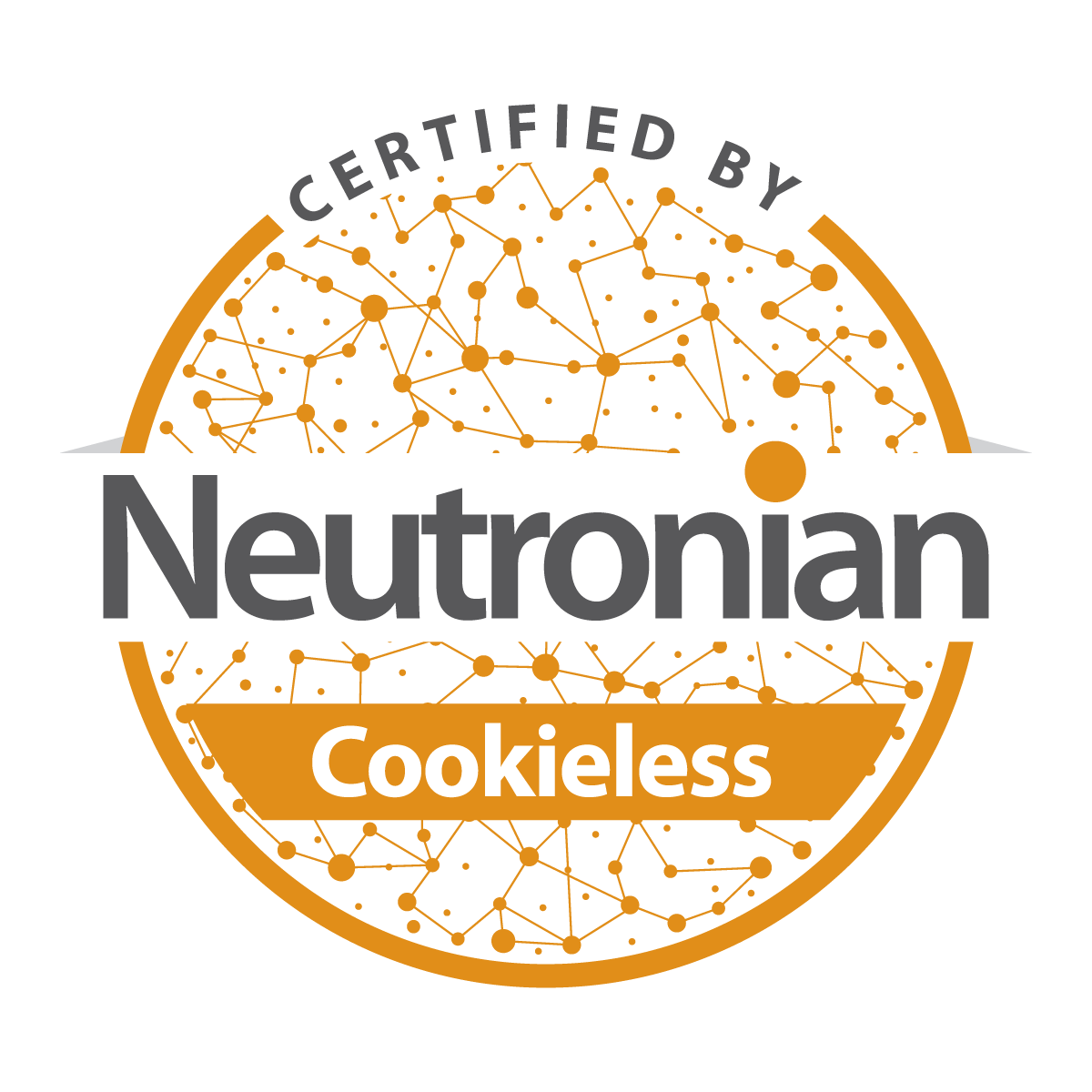
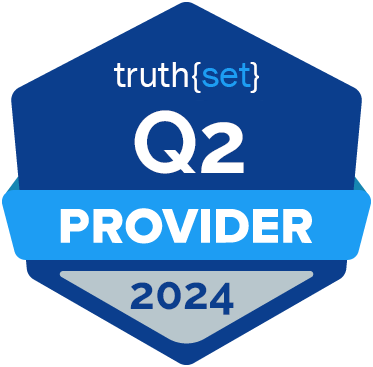
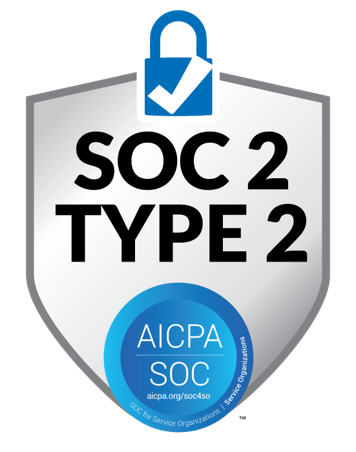

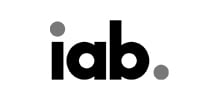



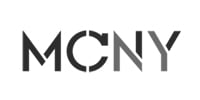
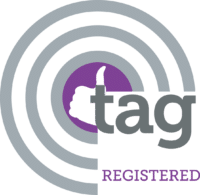
Submit a Comment